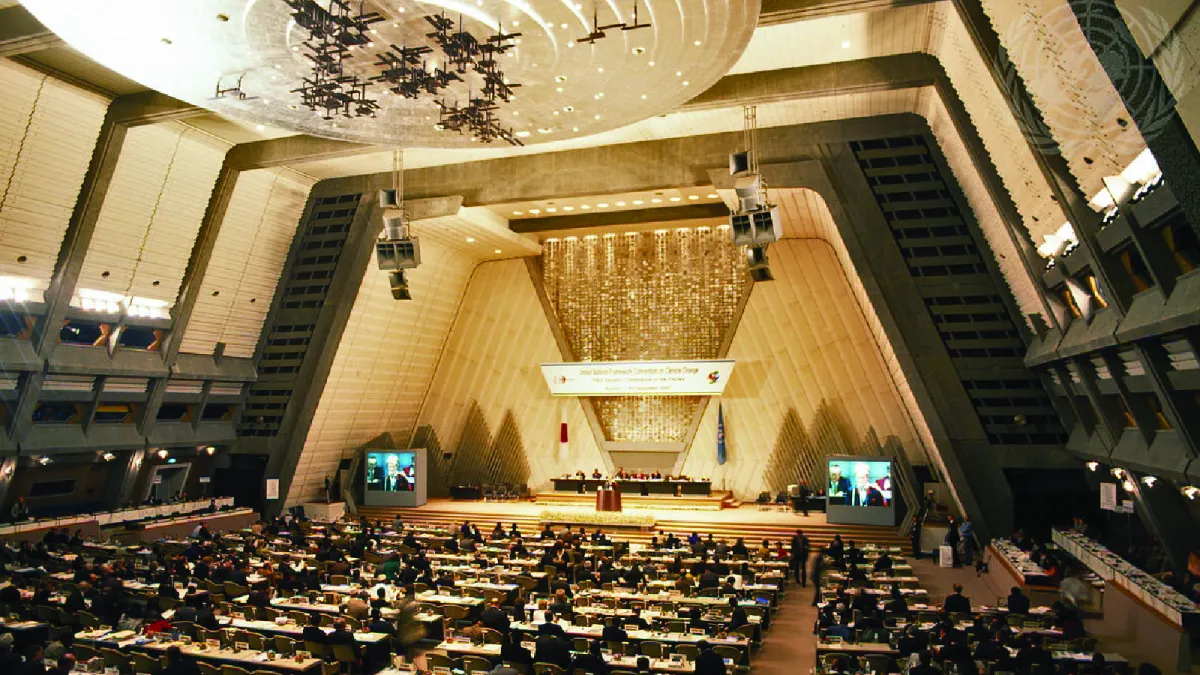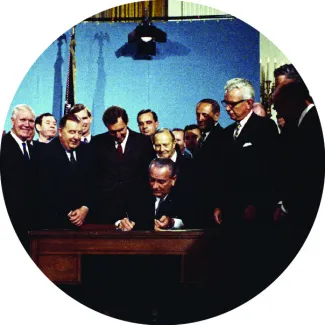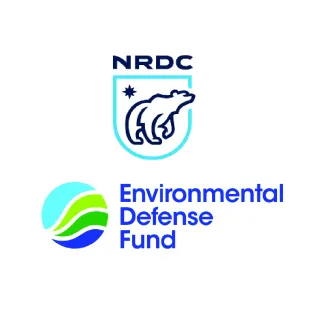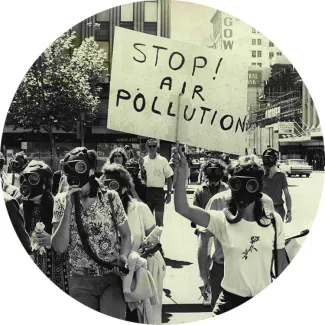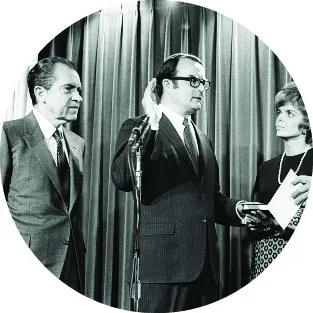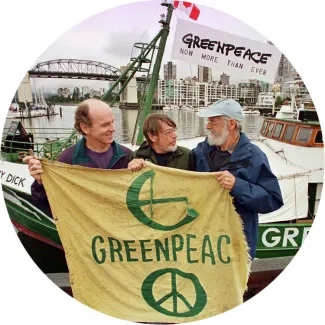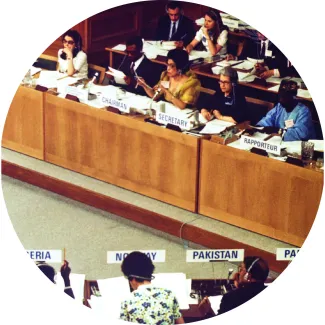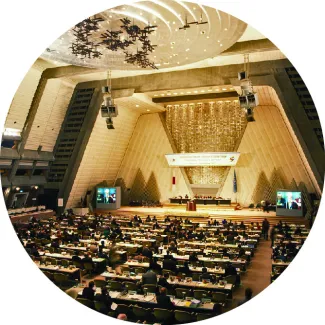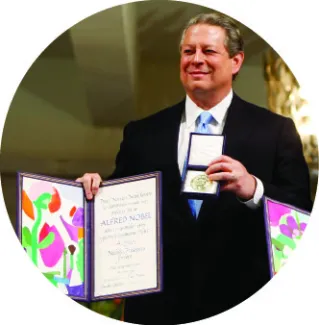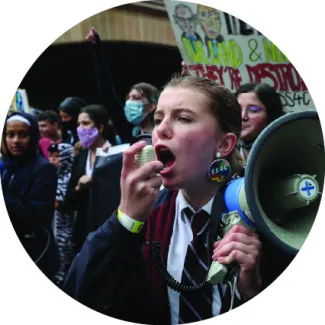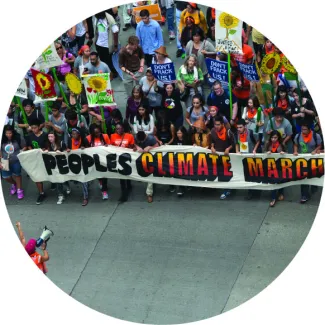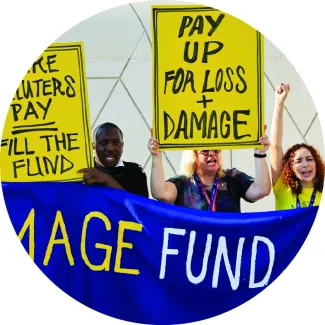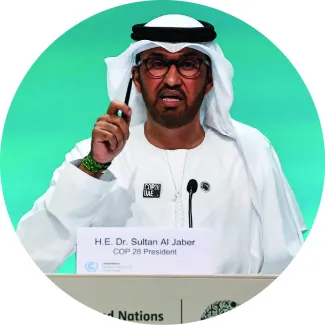History of Climate Action
Explore the history and important events behind the climate change movement from 1962 to today.
As awareness of climate change has grown, activists and policymakers have sought to drive global action to address the worldwide issue. Beginning in the 1960s, a blossoming environmental protection movement brought issues of pollution and environmental destruction to the foreground, and in some cases spurred legislation to address harmful practices.
International action to address climate change began to take shape in the 1990s, with the formation of the UN Framework Convention on Climate Change (UNFCCC). The landmark convention laid the foundation for future international climate agreements such as the Kyoto Protocol and the Paris Agreement.
But as the effects of climate change have become increasingly apparent in the opening decades of the twenty-first century, new waves of climate activists around the world have begun to make urgent calls for governments to fight climate change more ambitiously. Let’s take a closer look at the history of climate action and activism in the following timeline.
Silent Spring Galvanizes Conservation Movements
First U.S. Air Pollution Law Passed
EDF and NRDC Form
Friends of the Earth Forms
The First Earth Day
NOAA and the EPA Are Born
Greenpeace Is Founded
First UN Environmental Conference
Climate Action Network is Founded
The Conference of Parties' First Meeting
Kyoto Protocol Is Negotiated
Climate Activists Organize Global Day of Action
An Inconvenient Truth Draws Attention to Climate Change
Student Divestment Campaigns Spread
The People’s Climate March Mobilizes Hundreds of Thousands
The Paris Agreement Is Negotiated
Greta Thunberg Sparks Global Activism
Net-Zero Laws Begin to Spread
Countries Create Loss and Damage Fund
Countries Agree to Phase out Fossil Fuels
.
